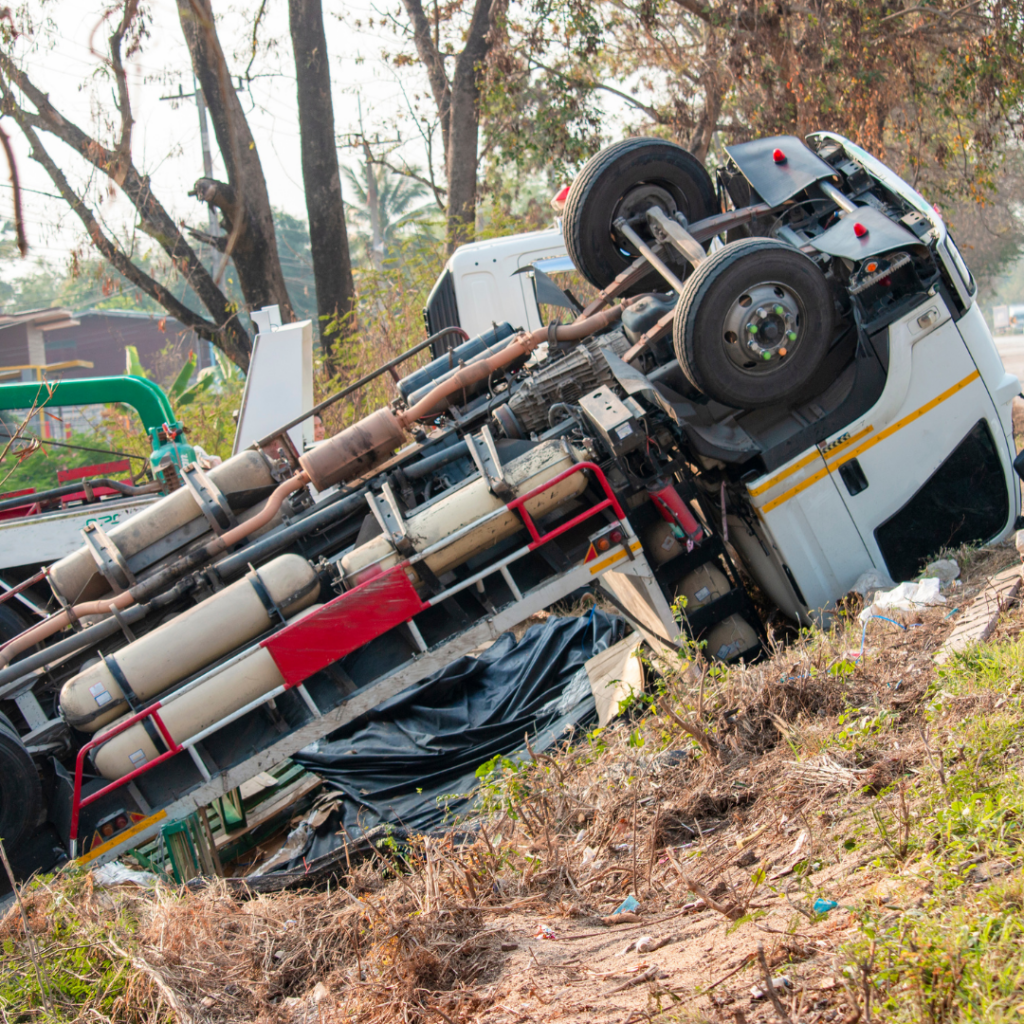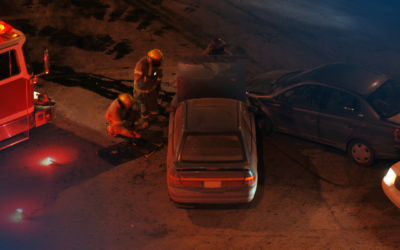Truck Accidents and Sudden Lane Changes: Establishing Fault
Truck accidents are among the most catastrophic and deadly incidents on our roads, often resulting in severe injuries or fatalities. One common scenario that leads to such accidents is sudden lane changes by large trucks. Establishing fault in these cases can be a very complex task and requires a comprehensive understanding of the factors involved.
Truck Accidents and Sudden Lane Changes: Establishing Fault
I. The Danger of Sudden Lane Changes
Large trucks, such as tractor-trailers and semis, have significantly longer stopping distances and reduced maneuverability compared to smaller vehicles. When a truck driver suddenly changes lanes, it can create a dangerous situation. This abrupt movement can catch other motorists off guard, leading to collisions.
II. Determining Fault
A. The Role of Negligence
Establishing fault in truck accidents involving sudden lane changes often revolves around negligence. Negligence occurs when a person fails to exercise reasonable care, thereby causing harm to another person. In this context, it is crucial to determine whether the truck driver or another party acted negligently.
B. Investigating the Truck Driver’s Actions
- Signal Usage: The use of turn signals is a critical factor in assessing fault. If the truck driver failed to signal their lane change or did so inadequately, it can be considered negligence.
- Speed and Visibility: The speed at which the lane change occurred, and the visibility conditions are crucial. If the truck driver changed lanes at an unsafe speed or in poor visibility, it may indicate negligence.
- Sudden Maneuver: The abruptness of the lane change is another key element. A sudden and erratic lane change without warning can be a strong indicator of fault.
C. Assessing the Actions of Other Motorists
In some cases, fault may not lie solely with the truck driver. Other motorists on the road may contribute to the accident. This could involve reckless driving, distracted driving, or failure to yield the right of way.
III. Gathering Evidence
To establish fault in truck accidents involving sudden lane changes, a thorough investigation is essential. This includes collecting evidence such as:
A. Accident Reports: Official police reports often contain valuable information regarding the accident and any citations issued.
B. Witness Statements: Statements from eyewitnesses can provide critical insights into how the accident unfolded.
C. Surveillance Footage: Surveillance cameras at traffic intersections or nearby businesses may capture the accident, offering visual evidence.
D. Truck’s Black Box: Many trucks are equipped with event data recorders (EDRs) that can provide data on the vehicle’s speed, brake application, and other crucial factors leading up to the accident.
IV. Expert Analysis
In complex cases, it may be necessary to involve accident reconstruction experts. These professionals can recreate the accident scene, analyze evidence, and provide expert testimony to help establish fault.



